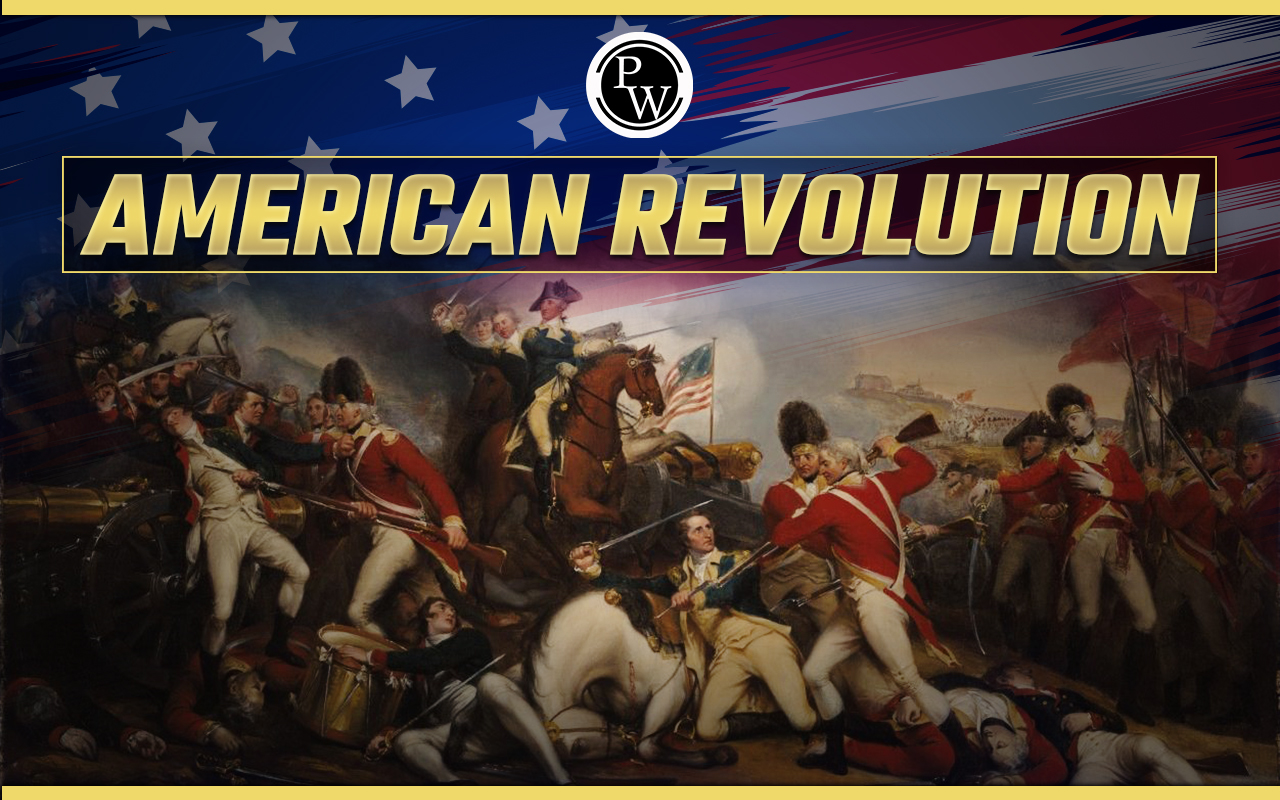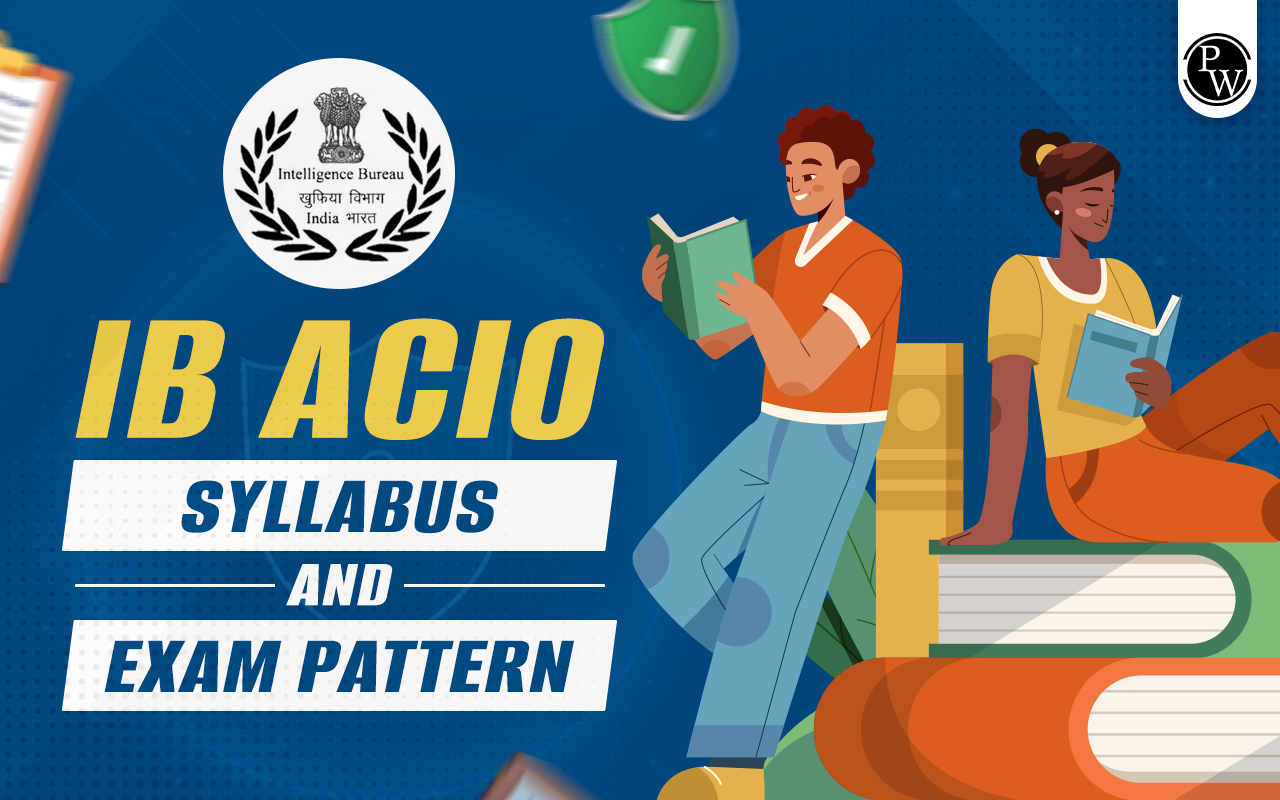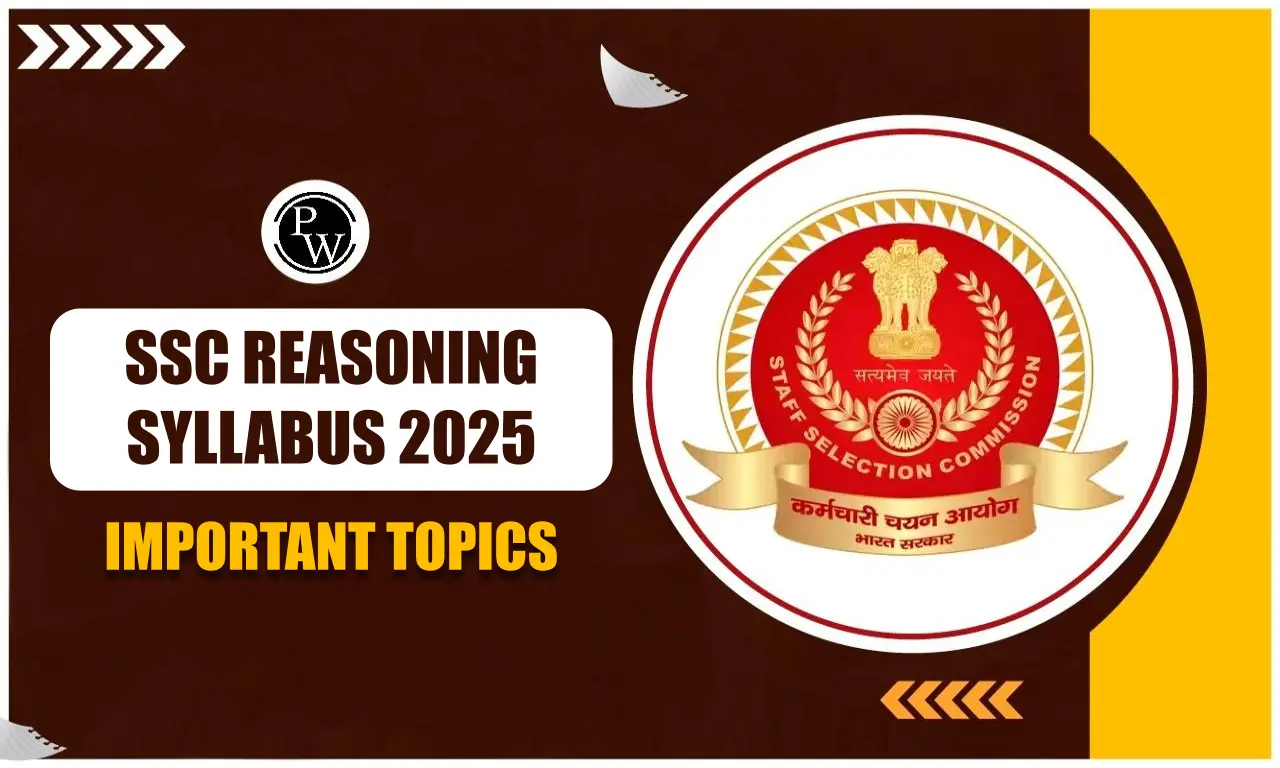

American Revolution: The American Revolution, which took place from 1775 to 1783, was a rebellion where 13 colonies in North America fought for and gained political independence from Great Britain. The conflict arose after years of tension between the British crown and a significant portion of its North American colonies.
This tension grew because Britain started trying to exert more control over colonial affairs after a period of neglect. The war's dynamics were heavily influenced by naval power, giving the British flexibility despite sending relatively few troops to America. Eventually, this allowed the French to contribute significantly to the final British surrender at Yorktown.American Revolution
Between 1765 and 1783, a significant shift in ideas and politics occurred in colonial North America, known as the American Revolution. In the American Revolution War (1775–1783), commonly referred to as the American Revolution, the Thirteen Colonies successfully fought against the British, securing independence from the British Crown and establishing the United States of America as the first modern constitutional liberal democracy. Thirteen of Britain’s North American colonies rebelled against imperial rule, leading to a major political and military conflict known as the American Revolution, spanning from 1765 to 1783. The protest initially arose in response to taxes imposed by the British Crown and Parliament without providing representation for the colonies. Explore the details of the American Revolution in the following article.American Revolution Causes
Below are the Causes for American Revolution:Political Causes of the American Revolution:
- The British government didn't have representatives for the colonies in its parliament.
- After winning the seven years war, Britain faced resource depletion and sought to recover by taxing the colonies, especially in North America.
- Harsh penalties were imposed on young businesses in the colonies, leading to protests with the slogan "No Taxation without Representation."
- Protests, like the Boston Tea Party, undermined Britain's ability to impose taxes, and local governments took charge.
Economic Causes of the American Revolution:
- English policies hindered the economic growth of the colonies.
- Laws required the use of British ships for international trade, and certain products could only be shipped to England.
- Industries like iron, steel, and textiles were forbidden in the colonies, and high import charges were imposed on goods from outside England.
- The Stamp Act of 1765 faced widespread protests, and restrictions on land purchase fueled further discontent.
- Despite opposition, Britain removed most taxes but kept the one on tea, leading to events like the Boston Tea Party.
Ideological Cause of the American Revolution:
- Enlightenment thinkers like Locke, Harrington, and Milton inspired the idea that no authority should violate individuals' unalienable rights.
- Intellectuals like Thomas Paine and Thomas Jefferson opposed British inequalities and emphasised the freedom to resist.
- The concept of an island ruling over a continent seemed absurd, and the call for freedom gained popularity among the colonists.
American Revolution Importance
A new kind of government was formed after a revolution, based on the first-ever written constitution in history. This government was different from others where kings still ruled. People worldwide were inspired by this and began fighting for democratic and republican forms of government. The new system created a federal state where both the central government and the states had equal power. This became a good example for many countries that needed complex political systems. In this new government, different parts had their own specific powers. People were given certain rights that the government couldn't take away, limiting its ability to challenge the will of the people or interfere in their daily lives. Even though democracy was established, it wasn't perfect. Some groups, like African Americans and women, were not allowed to vote. But the journey towards democracy had begun. After that, there were many changes, especially in Europe, with the French Revolution being the biggest. The leaders of the war played important roles in this revolution. Thinkers like Thomas Paine also joined in, spreading new ideas throughout Europe.American Revolution Timeline
The Townshend Acts were a series of four laws approved by the British Parliament that imposed taxes on various goods like paper, glass, and paint in America. These acts were named after Charles Townshend, a British official, and were met with support from British Americans living in the colonies.Stamp Act of 1765:
In 1765, the British Parliament imposed a direct tax on the American colonies through the Stamp Act. This tax targeted legal documents, ship papers, licenses, publications, and even playing cards, leading to widespread discontent among the colonists.Tea Act of 1773:
Enacted by the British Parliament, the Tea Act of 1773 required American businesses to pay taxes on British tea. This act played a pivotal role in sparking the Boston Tea Party, as Americans protested against taxation without representation. The cry of "Taxation without representation" reflected the anger of Americans who were taxed without having a say in the governance of the country.Boston Tea Party (1773):
The Boston Tea Party was a significant event in 1773, where American nationalists, disguised as Mohawk Indians, threw 342 trunks of tea into Boston Harbor. This tea belonged to the British East India Company, and the protest symbolized the colonists' opposition to unjust taxation.Boston Massacre (March 5, 1770):
Referred to by the British as the "Incident on King Street," the Boston Massacre occurred on March 5, 1770. During this incident, British soldiers killed five Americans who were protesting against British taxes. It heightened tensions between the colonies and Britain, fueling the desire for independence.Whigs:
The term "Whigs" is another name for the nationalists who fought for independence from British authority. These individuals played a crucial role in the events leading to the American Revolution, advocating for freedom and self-governance.American Revolution Declaration of Independence
In 1774, Philadelphia hosted the first big meeting of representatives from 13 colonies. They wanted fair treatment, but the king ignored them, calling their actions mutiny. The fighting between colonial militias and British soldiers started in 1775, marking the beginning of the War. In 1776, there was another important meeting called the Second Continental Congress. On July 4, they declared independence. The declaration talked about men having rights that must be protected, and later, the Bill of Rights added more details. India accepted the Bill of Rights as part of its fundamental rights. The idea that power comes from the people led to the first democratic state with a written constitution. The French helped the Americans, and the Irish rebellion at home made things difficult for the British. Other countries like Spain and Holland also fought against the British in different parts of the continent. In 1781, Lord Cornwallis surrendered to George Washington, ending the war. The Treaty of Paris in 1783 officially ended the war between England and the USA.American Revolution Impact
The American Revolution played a big role in shaping the modern world. It showed how new ideas could bring down oppressive systems. The success of the United States on the world stage after World War II is proof that liberal democratic and populist liberation ideas are powerful. Many countries in Europe, inspired by the U.S., adopted similar approaches. India, too, has learned from the American experience and integrated democratic values into its democratic socialist beliefs. The American Civil War aimed to stop the Southern states from leaving the Union. The main issue between the North and the South was slavery. The Union forces' victory at the Battle of Gettysburg was a crucial moment in the war. President Lincoln, in his famous Gettysburg Address, urged the people to ensure that a government "of the people, by the people, for the people" would not disappear from the earth. To succeed in upcoming exams, candidates should consider exploring PW SSC Books We provide high-quality content at an affordable price, including sample papers, mock tests, guidance sessions, and more to ensure aspirants secure their selection. Also, enroll today on SSC Online Coaching to turn your dreams into reality.| Other Related Links | |
| Tiger Reserves in India | National Parks in India |
| Biosphere Reserves in India | Elephant Reserves in India |
American Revolution FAQs
Q1. What was the American Revolution and why did it happen?
Thirteen British colonies in North America rebelled against British rule from 1765 to 1783, igniting the American Revolution. The revolt began due to taxes imposed by the British Crown and Parliament without colonial representation.
Q2. What were the 4 main causes of the American Revolution?
Ans. The four key factors that sparked the American Revolution were the Taxation Acts, the Boston Massacre, the Boston Tea Party, and the Intolerable Acts.
Q3. How did the American Revolution start?
Ans. The military battle began in Lexington and Concord in April 1775 with skirmishes between British forces and colonial militiamen; by the summer, the rebels were conducting a full-scale war for their freedom.
Q4. Why did America want independence?
Ans. America wanted independence because they didn’t have self-government.
🔥 Trending Blogs
Talk to a counsellorHave doubts? Our support team will be happy to assist you!

Check out these Related Articles
Free Learning Resources
PW Books
Notes (Class 10-12)
PW Study Materials
Notes (Class 6-9)
Ncert Solutions
Govt Exams
Class 6th to 12th Online Courses
Govt Job Exams Courses
UPSC Coaching
Defence Exam Coaching
Gate Exam Coaching
Other Exams
Know about Physics Wallah
Physics Wallah is an Indian edtech platform that provides accessible & comprehensive learning experiences to students from Class 6th to postgraduate level. We also provide extensive NCERT solutions, sample paper, NEET, JEE Mains, BITSAT previous year papers & more such resources to students. Physics Wallah also caters to over 3.5 million registered students and over 78 lakh+ Youtube subscribers with 4.8 rating on its app.
We Stand Out because
We provide students with intensive courses with India’s qualified & experienced faculties & mentors. PW strives to make the learning experience comprehensive and accessible for students of all sections of society. We believe in empowering every single student who couldn't dream of a good career in engineering and medical field earlier.
Our Key Focus Areas
Physics Wallah's main focus is to make the learning experience as economical as possible for all students. With our affordable courses like Lakshya, Udaan and Arjuna and many others, we have been able to provide a platform for lakhs of aspirants. From providing Chemistry, Maths, Physics formula to giving e-books of eminent authors like RD Sharma, RS Aggarwal and Lakhmir Singh, PW focuses on every single student's need for preparation.
What Makes Us Different
Physics Wallah strives to develop a comprehensive pedagogical structure for students, where they get a state-of-the-art learning experience with study material and resources. Apart from catering students preparing for JEE Mains and NEET, PW also provides study material for each state board like Uttar Pradesh, Bihar, and others
Copyright © 2025 Physicswallah Limited All rights reserved.











